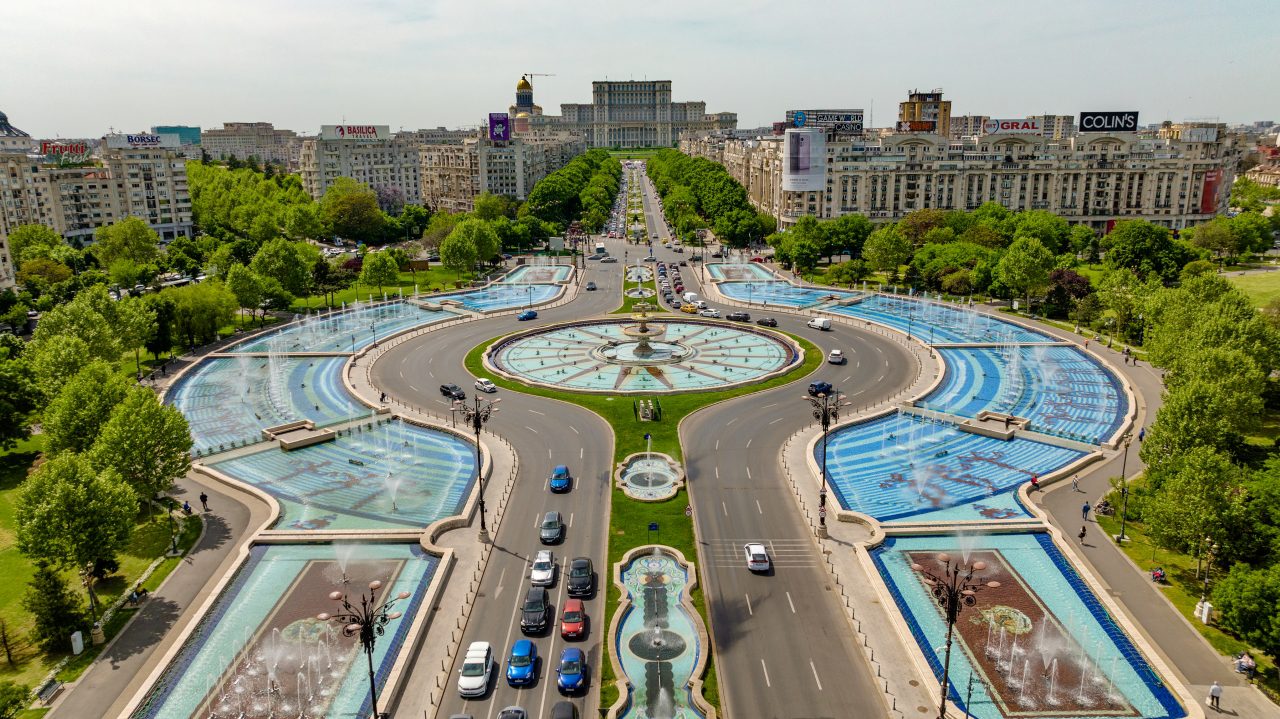
Introduction
Romania is a country that feels like stepping into a forgotten corner of Europe, where medieval towns sit nestled between dramatic mountains, and traditions are kept alive in the rhythms of everyday life. Known for its stunning landscapes, including the Carpathian Mountains and the famous Transylvania region, Romania offers a unique blend of history, culture, and unspoiled natural beauty. Whether you’re wandering through cobblestone streets in Sighisoara, exploring the bustling capital of Bucharest, or venturing into the wilderness of the Carpathians, Romania is a country full of surprises.
When I first visited Romania, I didn’t know what to expect. I’d heard stories about castles, legends of Dracula, and images of picturesque countryside. But what struck me most was how the country effortlessly combines modern energy with ancient history, vibrant cities with peaceful villages. The warmth of the people, the beauty of the landscapes, and the richness of its culture left me captivated. Here’s why you should put Romania at the top of your travel list.
Table of Contents
Reasons You Should Visit Romania
1. Rich History and Medieval Charm
Romania’s history is as deep as it is diverse, shaped by centuries of influence from Romans, Ottomans, Austrians, and Hungarians. Transylvania, in particular, is famous for its well-preserved medieval towns. In Sighisoara, the birthplace of Vlad the Impaler (the real-life figure behind the Dracula legend), you can stroll through cobbled streets lined with brightly coloured houses, and it feels like stepping back in time. I climbed the Clock Tower for stunning views over the town and imagined how it must have looked centuries ago.
But the history isn’t limited to medieval times. In Bucharest, Romania’s capital, the contrast between old and new is stark. The grand, crumbling Belle Époque buildings that give the city its nickname, “Little Paris,” sit next to the gargantuan Palace of the Parliament, the world’s second-largest administrative building, a remnant of the Communist era. Bucharest is a city of contrasts, and its turbulent history makes it all the more fascinating.
2. Stunning Natural Beauty
Romania is home to some of the most breathtaking natural landscapes in Europe. The Carpathian Mountains dominate much of the country, offering incredible opportunities for hiking, skiing, and wildlife watching. I spent a few days in Brasov, which is a great base for exploring the Carpathians. One of the highlights was hiking up to Poiana Brasov, a popular ski resort in winter and a hiking haven in summer, with panoramic views of the surrounding peaks.
The Danube Delta, another UNESCO World Heritage site, is Europe’s second-largest delta and a paradise for birdwatchers and nature lovers. I took a boat trip through the maze of channels and lagoons, spotting pelicans, herons, and even the occasional wild boar. The delta’s unique ecosystems make it a must-see for anyone interested in nature.
3. A Fascinating Mix of Cultures
Romania is a country where East meets West, and this is reflected in its rich cultural mix. The country has been shaped by influences from its neighbouring countries—Hungary, Bulgaria, Ukraine, and Moldova—but has retained its own distinct identity. You can see this blend in the architecture of cities like Sibiu, which was once part of the Austro-Hungarian Empire and still has a Germanic feel, with its pastel-coloured houses and grand squares.
In Cluj-Napoca, the vibrant student city in Transylvania, I felt the youthful energy of Romania’s modern generation. Cafés and street art line the streets, but the city’s Baroque and Gothic architecture reminds you of its deep historical roots. Romania’s cultural diversity makes every town feel a little different from the last, offering a mosaic of experiences for curious travellers.
4. Affordable Travel Destination
Romania is one of the most affordable travel destinations in Europe, offering excellent value for money. Whether you’re staying in a charming guesthouse in Sighisoara, dining in a trendy restaurant in Bucharest, or taking a train through the countryside, everything feels surprisingly cheap compared to Western Europe. I was able to enjoy high-quality meals, stay in comfortable accommodation, and visit top attractions without worrying too much about the budget.
Public transportation is efficient and inexpensive. I took a train from Bucharest to Brasov for just a few euros, and the journey itself was scenic, passing through rolling hills and forested mountains. For travellers looking for a cost-effective European destination, Romania is an ideal choice.
5. Legendary Castles and Mystical Legends
Romania is perhaps best known for its castles, and Bran Castle, often linked to the Dracula legend, is the most famous of all. While the connection to Vlad the Impaler is more fiction than fact, the castle itself is stunning, perched dramatically on a cliff edge with sweeping views over the Transylvanian countryside. I explored the narrow stairways and hidden passageways, which added to the castle’s air of mystery.
Beyond Bran, there’s Peles Castle—a true fairytale castle hidden in the Carpathian Mountains. Built in the late 19th century, it’s one of the most beautiful castles I’ve ever seen, with its elaborate woodwork and stunning mountain backdrop. Walking through the halls felt like stepping into a royal dream, and the nearby town of Sinaia is perfect for a relaxing getaway.
Best Places to Visit in Romania
1. Bucharest
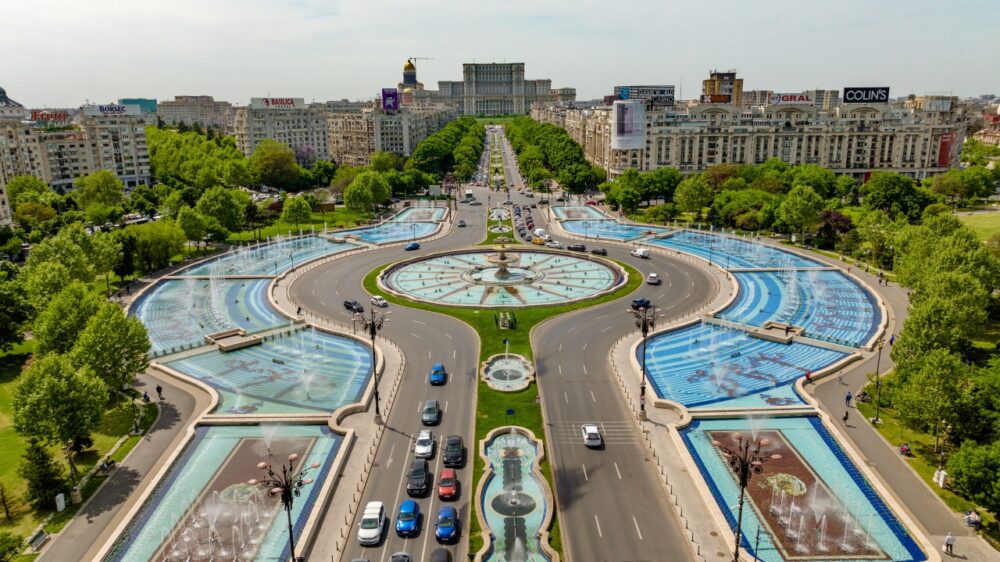
Bucharest is Romania’s bustling capital, a city of contrasts where elegant Belle Époque architecture sits side by side with stark Communist-era buildings. One of the first things I did was visit the imposing Palace of the Parliament, a building so massive it’s second only to the Pentagon in size. The tour inside gave a fascinating insight into Romania’s Communist history under Nicolae Ceaușescu.
The city’s old town, Lipscani, is a vibrant area packed with bars, restaurants, and boutiques. I spent hours exploring its narrow, lively streets, where you can find everything from traditional Romanian food to cutting-edge art galleries. For a peaceful escape, I recommend walking through Herastrau Park or visiting the Romanian Athenaeum, a stunning concert hall that’s home to the George Enescu Philharmonic Orchestra.
2. Brasov
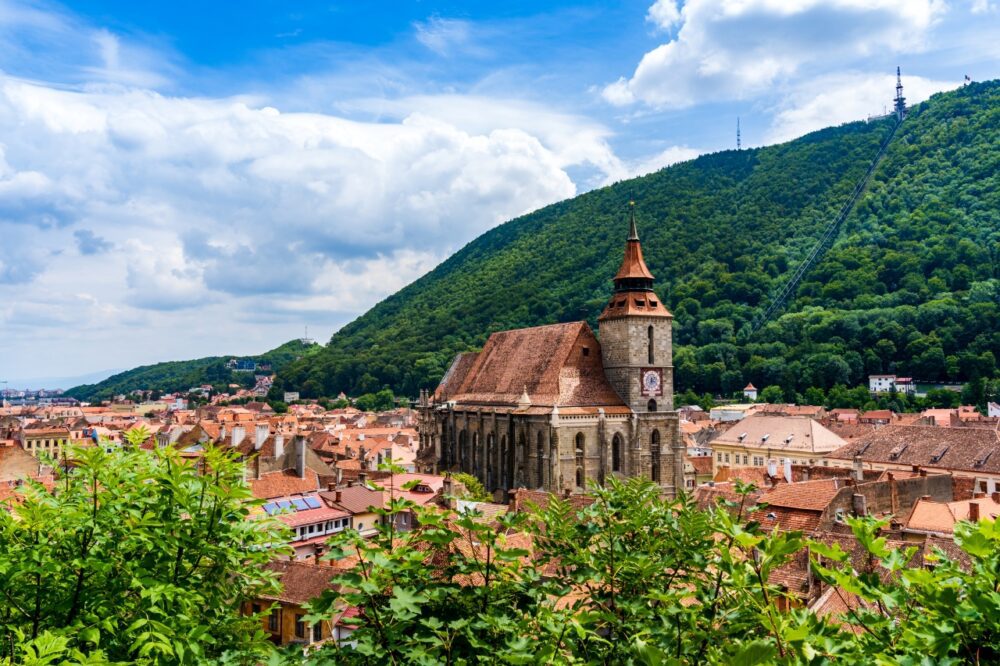
Brasov is the gateway to Transylvania and one of Romania’s most charming cities. Surrounded by the Carpathian Mountains, Brasov is an excellent base for outdoor activities, but the city itself is full of history and charm. I loved walking through the medieval old town, with its colourful buildings and lively squares. The Black Church, the largest Gothic church in Eastern Europe, is a must-visit for its stunning architecture and history.
A short drive from Brasov takes you to Bran Castle, the so-called “Dracula’s Castle.” While the connection to Vlad the Impaler is tenuous, the castle’s atmospheric setting and dramatic location make it worth the trip. Another highlight near Brasov is Râșnov Fortress, an impressive hilltop citadel with panoramic views of the surrounding countryside.
3. Sibiu
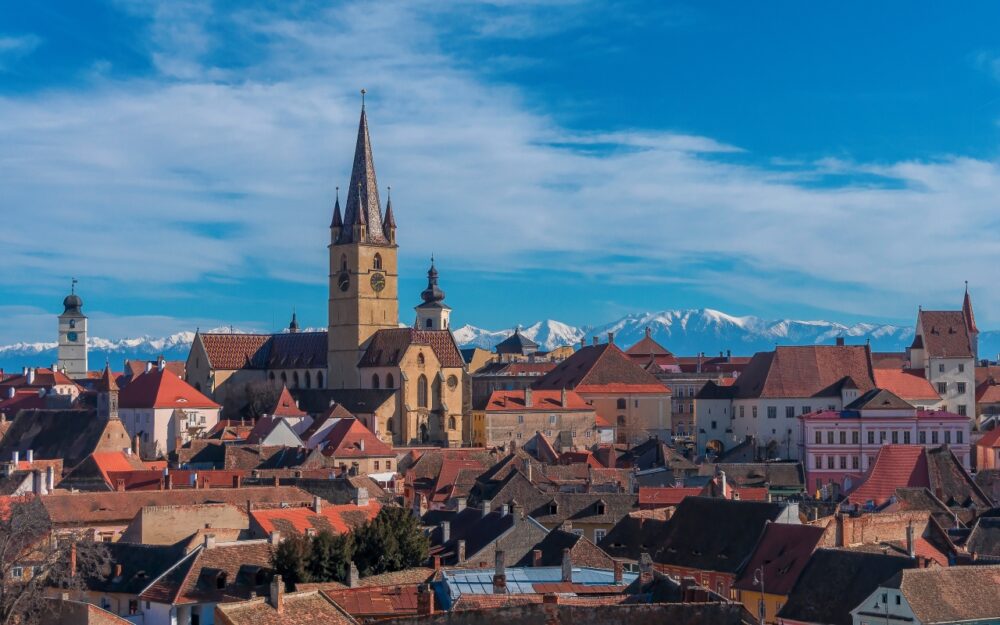
Sibiu is one of Romania’s prettiest towns, with its pastel-coloured houses, Gothic churches, and elegant squares. The town was named a European Capital of Culture in 2007, and it’s easy to see why. I spent my time wandering through Piata Mare and Piata Mica, the two main squares, and climbing the Council Tower for fantastic views over the rooftops.
Sibiu is also known for its festivals, especially in summer, when the town comes alive with music, theatre, and arts events. If you’re visiting in winter, the Christmas market in the main square is one of the best in Romania. Sibiu’s relaxed atmosphere and stunning architecture make it a great place to unwind and soak up the beauty of Transylvania.
4. Cluj-Napoca

Cluj-Napoca is the cultural heart of Transylvania and a lively university city. It’s a great place to experience the mix of old and new that defines modern Romania. I loved visiting the St. Michael’s Church, an impressive Gothic structure that dominates the main square, and taking a walk through Central Park, which is a popular spot for locals and students.
Cluj is also home to a vibrant arts scene. The National Museum of Art and the Ethnographic Museum of Transylvania both offer fascinating insights into Romanian culture. The city is full of cafés, galleries, and street art, and in the evenings, the nightlife is buzzing. If you want to experience Romania’s youthful energy, Cluj-Napoca is the place to be.
5. Sighisoara
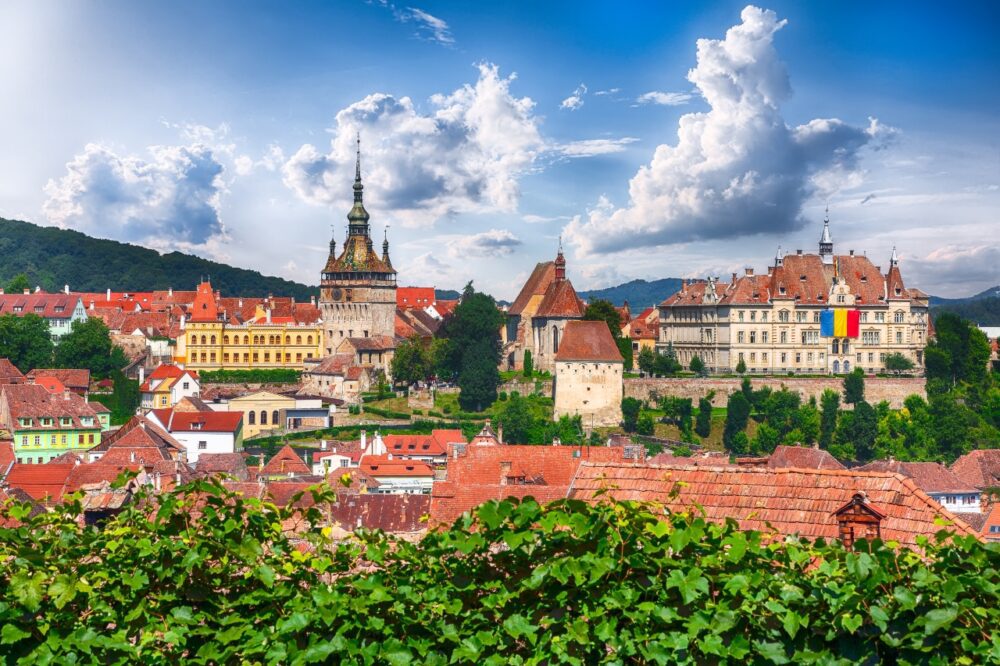
Visiting Sighisoara is like stepping into a fairy tale. This UNESCO World Heritage site is one of the best-preserved medieval towns in Europe, and its connection to Vlad the Impaler only adds to its mystique. The citadel, perched on a hill above the town, is filled with cobblestone streets, colourful houses, and ancient towers. Climbing the Clock Tower gives you panoramic views of the town and surrounding countryside.
One of the highlights for me was visiting the house where Vlad the Impaler was born, which has now been turned into a restaurant. Sighisoara is also a great base for exploring nearby castles and churches, including the famous Biertan Fortified Church, another UNESCO site. Sighisoara’s medieval charm is unforgettable, and it’s a must-see for anyone visiting Transylvania.
6. Timisoara
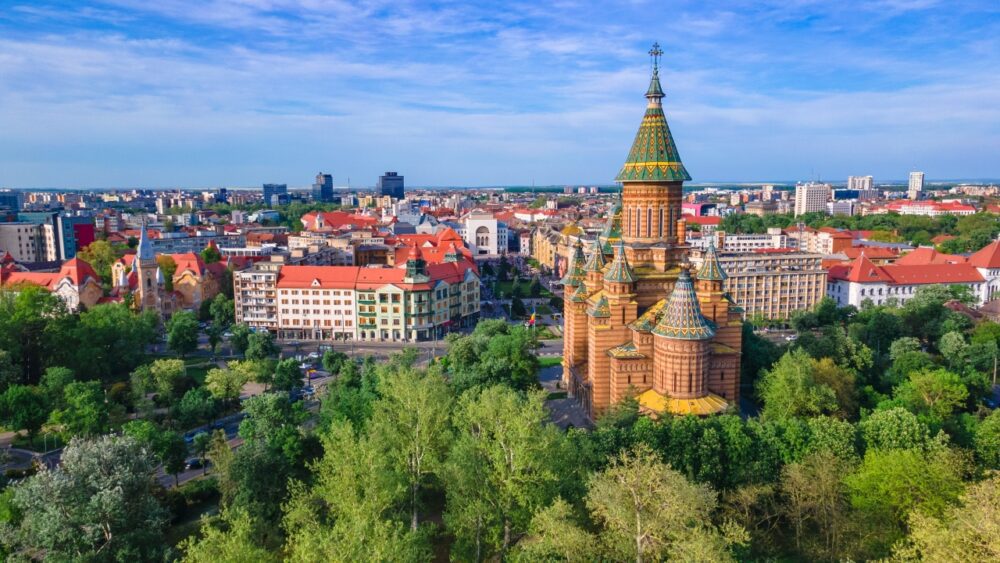
Timisoara is a city with a fascinating history and a vibrant cultural scene. It’s often called the City of Flowers for its beautiful parks and gardens, and I loved wandering through Roses Park and Botanical Park, especially in spring when everything was in bloom. The city’s main squares, Piata Unirii and Piata Victoriei, are full of stunning architecture, reflecting the city’s mix of Hungarian, Austrian, and Serbian influences.
Timisoara is also known as the birthplace of the Romanian Revolution, and the Revolution Memorial Museum offers a powerful look at the events that led to the fall of Communism in 1989. The city’s café culture, lively student scene, and rich history make it one of Romania’s most underrated destinations.
7. Constanta
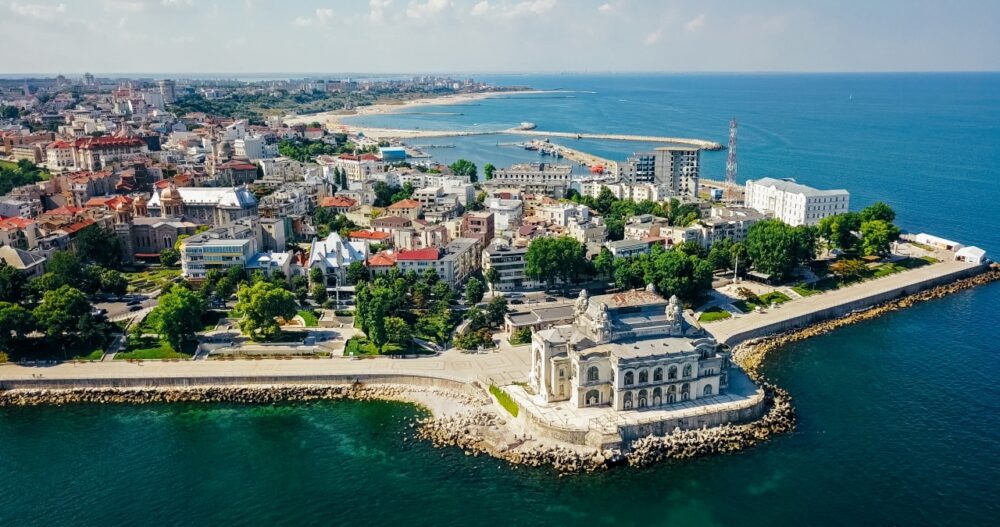
For a taste of Romania’s seaside charm, head to Constanta, the country’s largest port on the Black Sea coast. The city itself is packed with history, from the ancient Roman ruins of Tomis to the iconic Constanta Casino, a once-grand Art Nouveau building that now sits abandoned but still impressive. I spent a relaxing afternoon wandering along the seafront promenade, enjoying the views and the salty sea breeze.
Constanta is also a great base for exploring Mamaia, Romania’s most famous beach resort. In summer, the beaches are packed with locals and tourists enjoying the sun, sand, and lively nightlife. Whether you’re here to soak up the history or relax by the sea, Constanta offers a refreshing change of pace from Romania’s inland cities.
8. Iasi
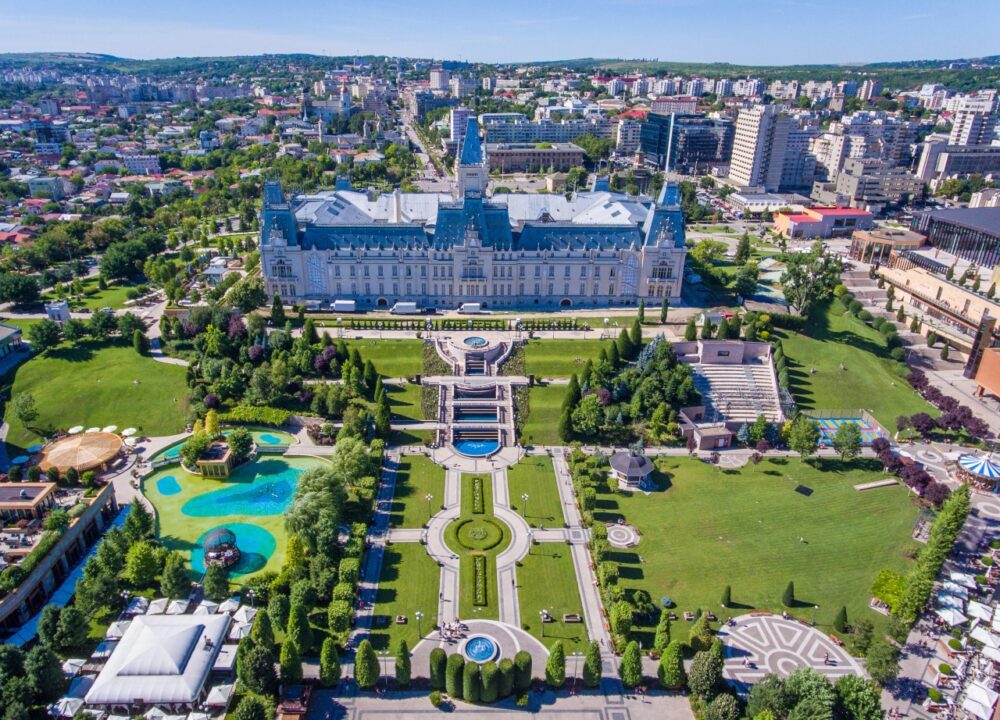
Iasi is the cultural capital of Moldavia, a region in eastern Romania that’s often overlooked by tourists. The city is home to some of Romania’s most beautiful churches and palaces, including the stunning Palace of Culture, which houses several museums. Iasi also has a strong academic tradition, with its university being one of the oldest in Romania.
One of my favourite experiences in Iasi was visiting the Metropolitan Cathedral and the Three Hierarchs Monastery, both of which are architectural masterpieces. The city has a laid-back atmosphere, and its many parks and gardens make it a peaceful place to spend a few days exploring.
9. Oradea

Oradea is one of the most beautiful cities in western Romania, known for its stunning Art Nouveau architecture. The city’s main square, Piata Unirii, is surrounded by colourful, ornate buildings that wouldn’t look out of place in Vienna or Budapest. I loved visiting the Black Eagle Palace, an impressive Art Nouveau arcade filled with shops and cafés.
Oradea is also close to the Apuseni Mountains, making it a great base for outdoor activities like hiking and caving. The city’s relaxed vibe and beautiful architecture make it a perfect destination for a slower, more relaxed travel experience.
10. Braila
Braila, located along the banks of the Danube River, is a hidden gem in Romania’s travel landscape. Though it’s often overlooked by tourists, the city has a rich history as a major port town. I enjoyed walking along the Danube promenade, where the river views are particularly scenic at sunset. Braila also has some interesting Ottoman-era buildings and beautiful old churches.
The city is a great gateway to the Danube Delta, and I used Braila as a base for exploring the wetlands and wildlife of this incredible region. If you’re looking for an off-the-beaten-path destination in Romania, Braila offers a quiet charm and easy access to some of the country’s most unique landscapes.
Travel Tips for Romania
Getting Around Romania
Romania’s public transport system covers most of the country, with trains and buses connecting cities like Bucharest, Brasov, and Cluj-Napoca. Trains are affordable but can be slow on longer routes, so buses or shared minibuses (called maxi-taxis) are often faster for short to mid-range trips. Renting a car is ideal for exploring rural areas or driving through the Carpathian Mountains. In cities, trams and trolleybuses are common, but ride-hailing services like Uber or local taxis are also reliable for getting around.
Best Time to Visit Romania
The best time to visit Romania is in spring (April to June) and autumn (September to October), when the weather is mild, and the countryside is at its most picturesque. These seasons are perfect for exploring Romania’s castles, villages, and national parks without the summer crowds. Summer (July to August) is warmer, especially in Transylvania and along the Black Sea coast, but it’s also the busiest time for tourists. Winter (December to February) is ideal for skiing in places like Poiana Brasov, but be prepared for cold temperatures and snow.
Passport and Visa Requirements for Romania
Romania is part of the EU, but it’s not in the Schengen Area, so visitors from EU/EEA countries can enter with just an ID card. Travellers from US, UK, Canada, Australia, and other countries can visit visa-free for up to 90 days. Your passport should be valid for at least six months beyond your stay. If you’re planning to visit neighbouring countries like Hungary or Bulgaria, check their visa requirements, as Romania’s entry rules are separate from the Schengen Zone.
Currency and Banks in Romania
Romania uses the Romanian Leu (RON), and while ATMs are widely available in cities and towns, it’s always a good idea to carry some cash, especially when travelling to rural areas. Credit and debit cards are accepted in most shops and restaurants, but smaller businesses and markets may prefer cash. Avoid exchanging money at airports, as the rates are often unfavourable—use ATMs or exchange offices in town for better rates. Tipping is common in restaurants, with 5-10% being the standard amount.
Language and Useful Phrases to Know
The official language is Romanian, which shares similarities with other Romance languages like Italian and Spanish. English is widely spoken in major tourist areas and by younger generations, but learning a few basic Romanian phrases can be very helpful in rural areas. Try “Bună ziua” (hello), “Mulțumesc” (thank you), and “Vă rog” (please). In smaller towns, people may also speak Hungarian or German, depending on the region, but English speakers should generally have no problem in cities.
Budgeting and Costs for Romania
Romania is one of the most budget-friendly countries in Europe. Accommodation, food, and public transport are all affordable, particularly outside of Bucharest. Eating at local restaurants or guesthouses is inexpensive, with generous portions of traditional Romanian dishes like sarmale (stuffed cabbage) or mici (grilled sausages). Public transport is cheap, and intercity travel by bus or train is a great way to keep costs down. Attractions like castles and museums are reasonably priced, and many of Romania’s stunning landscapes and hiking trails are free to explore.
Conclusion
Romania is a country that offers an incredible variety of experiences, from the medieval charm of Transylvania to the urban energy of Bucharest. Whether you’re exploring ancient castles, hiking through the Carpathian Mountains, or relaxing by the Black Sea, Romania has something for every traveller.
What I loved most about Romania is its blend of history, culture, and natural beauty. The country feels both familiar and exotic, with a deep connection to its past and a modern, youthful energy that makes it exciting to explore. If you’re looking for a destination that combines stunning landscapes, rich history, and a warm, welcoming culture, Romania should be at the top of your travel list. Trust me, you won’t be disappointed.
